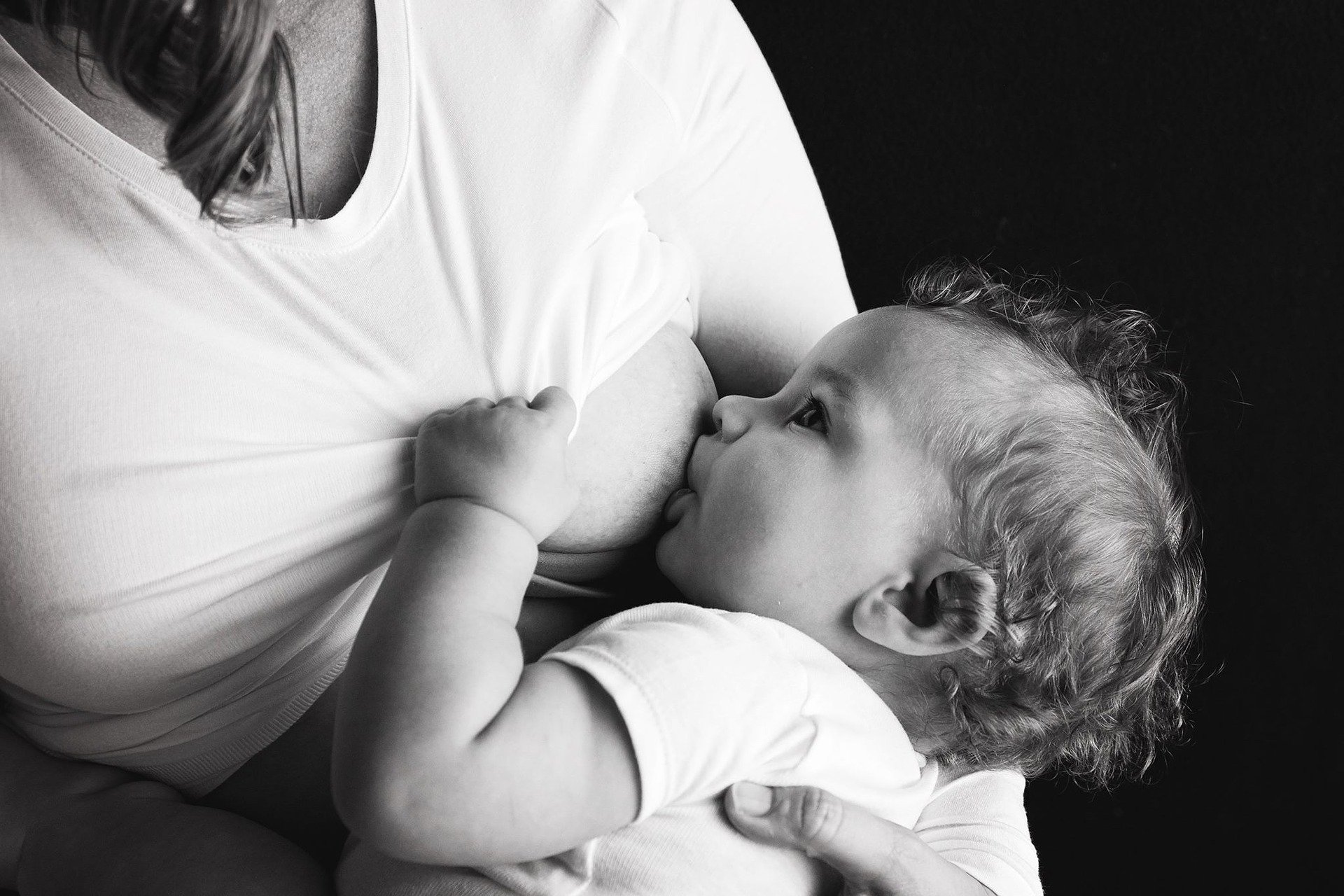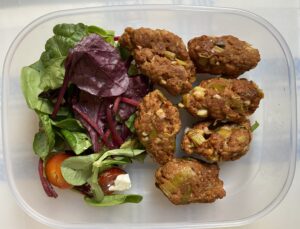Breastfeeding is a beautiful and natural act, which comes with a multitude of benefits for both mum and baby. It is completely normal however, to have so many questions about breastfeeding, particularly as first time mums. We put this post together to try to answer a few of those questions, and this is based on our founder’s experience as a first time mum breastfeeding her son.
Remember that in the UK, the NHS generally offers ante-natal classes and one or two sessions will cover topics around breastfeeding including positioning and attachment, expressing and some breastfeeding problems that may be encountered. Learning some details about breastfeeding before baby is born might make new mums feel more comfortable.
What is colostrum and what are its benefits?
Colostrum is the first milk that your body produces, and it is the perfect nourishment for your newborn. It is present at the end of pregnancy and during the first few days after baby is born. It is yellow in colour and much thicker than mature milk. It is packed full of nutrients and proteins, such that a small amount is highly nutritious to baby’s small tummy. It plays a huge role in building your little one’s immune system too; it is also full of white blood cells and antibodies, in particular Immunoglobulin A (IgA) key in fighting off infections. For the fact that its tailored to your baby and so full of goodness for their first few days, its often called ‘liquid gold’.
Since colostrum is quite concentrated and baby’s tummy is small the first few days, baby may feed often and only require small amounts – this is completely normal.
What is the let-down reflex?
The let-down reflex is the milk flow towards the nipples as a result of contracting muscles triggered by baby sucking on the breast. When the milk lets down, baby will react by changing from quick sucks to rhythmic swallows as milk flows. If your let down is quite strong, sometimes baby may cough or splutter, seek individual advise from midwife or health visitor if this is the case.
The attachment of baby onto the breast may sometimes not come naturally, in these cases seek help from a midwife or health visitor. To attach well, baby’s chin should be against the bottom of the breast, mouth wide open and whole nipple should be cup. This is sometimes called a ‘hamburger’ latch. However, note there are other types of latches depending on position too.
How often should I breastfeed my baby?
As a rough guide, baby’s will likely feed 8 to 12 times or more every day in the first few weeks. However, baby’s may often want to feed more; particularly in the first few days when their tummy’s are small so it makes sense that they will need little bits more frequently. It is important to feed baby as often as they want and for as long as they will stay on the breast. You may also want to offer baby breasts if they feel full or for comfort. Feeding often also helps mum’s breast milk supply to establish.
Baby’s Feeding Cues
Baby may show they are hungry by doing one of the following (note that in later cases if baby is crying they may need calming down gently then feeding):
- Sucks fingers or whole fist
- Rooting (turning their head and opening their mouth)
- Stirring, moving and wriggling
- Getting restless
- Making murmuring sounds
How long should my baby breastfeed for?
Newborn babies can extend their feeding to 20 minutes or more, on one or both breasts. As they grow, they may become more efficient thus only feeding for 5 to 10 minutes at a time. This depends on many influencing factors (such as wether milk has already arrived, how fast let down is, the latch, etc.) and completely on mum and baby.
When should I switch to the other breast?
Ideally it is best to alternate between each breast and to allow baby to breastfeed for around the same time on each. This is mostly so that breastmilk production is well establish and similar on each breast, however, one shouldn’t feel pressure and if baby only feeds or prefers one side then this is ok. Try to keep offering both sides, and in these cases it is a good idea to offer the side they don’t prefer first.
If you offer baby both breasts, try to burp baby in between. If your baby tends to bring up milk, it may be worth trying to make them burp a little more often. Some babies need more burping than others, and this might help them keep their feed down. If you are worried about baby bringing up their feeds often, please seek some medical help.
Are there periods my baby will want to breastfeed more often?
Yes, this is very normal. When babies are going through growth spurts, they will want to feed more often. This may also happen when baby is unwell. Some common growth spurts are observed between 7 and 14 days, 2 months, 4 months and 6 months of age.
How long should I breastfeed for?
This is a complete personal choice, and will depend on mum and baby. Experts recommend that baby’s be exclusively breastfed until they are 6 months of age. At 6 months and until 1 year old, solids can be introduced but maternal milk remains the main source of nourishment for baby and solids are more of an introduction to food through feel and taste for baby.
It is good to know that there are benefits to both mum and baby when breastfeeding. Studies (see NHS website) have shown that breastfeeding can reduce baby’s risk of:
- Infection
- diarrhoea and vomiting
- Sudden infant death syndrome (SIDS)
- Diabetes
- Cardiovascular disease in adulthood
In mum’s, it can reduce the risk of:
- Breast cancer
- Ovarian cancer
- Osteoporosis
- Cardiovascular disease
- Obesity
Remember, breastfeeding is a personal choice and journey! There are so many different journeys and paths, and often it is very hard to start with and can feel difficult to persevere. There are many groups that can offer support, so always look in your local area if you would like to breastfeed and are struggling. We keep all families in mind on this beautiful journey.




